There is a very good chance that you’ve crossed the paths of a blue tit. Can you picture a bird with a flash of blue and yellow, which is barely as big as a teacup? Well, you couldn’t miss that description because they are that common in the UK. But doesn’t the funny size of this bird and its widespread make you wonder where exactly they nest? I mean, where do blue tits nest?
Well, if that’s you, you’re in luck because we’re going to answer this question. With over 3.5 million pairs of this bird calling the UK home, it’s important that we know exactly where they call their safe space and how we can make the UK even safer for them to multiply.
In this article, we’ll tell you everything you need to know about where blue tits nest, when they do, and how you can invite them to nest in your home.
First, Where Do Blue Tits Nest?
Blue tits are as common as the word, common, but the answer to “where do blue tits nest?” is not common knowledge. Common spots to find blue tits include the following:
1. Natural Sites
These clever birds are natural cavity nesters, which means they love snug holes in trees, especially old woodpecker nests or cosy rotten branches in woodlands.
Blue tit nests are a proper masterpiece crafted through a topnotch DIY job. The female does all the hard work, weaving moss, leaves and even spider silk into a cup shape, then lining it with feathers and fur to keep her eggs toasty. It’s like knitting a tiny, warm jumper for her chicks.
2. Man-Made Sites
So, apart from the forest, where else do blue tits nest? Well, when they are away from woodlands and proper tree cavities, they aren’t shy about nesting elsewhere. Funnily, they love a proper nest box even when far from their favourite habitat.
However, they are particular about where they call their home. The perfect blue tit pad sits 2-4 metres up a tree or wall, and needs a cosy 25mm entrance hole, like a tiny front door that keeps out bigger bullies. When they find a nest box like this, they’ll add their creative touch to make it a perfect haven.
3. Unusual Spots.
So, where do blue tits nest when proper natural and man-made spots are scarce? To answer this, we must spotlight how adaptable these birds are. Blue tits make nests in the quirkiest locations whenever they are out of options. If they have to, they’ll squeeze into hidden gaps in walls, pipe openings, or drain holes without hesitation. Some even nest in street lamps or letterboxes. Yes, they are that resourceful!
When Do Blue Tits Nest?
Now that we have answered, “where do blue tits nest?”, let’s pinpoint the exact answer to when they next. The most straightforward answer to this is that it largely depends on their yearly schedule. These clever birds follow nature’s perfect timetable and mainly nest from late March to early June. And then, the nesting processes circle back to January.
The whole process starts with house hunting. Interestingly, some blue tit pairs begin scouting locations as early as January, though most get serious in late March. Once they pick their spot, the female gets to building. She crafts a cosy nest using moss, leaves, hair, or feathers. It’s a proper little construction project that takes about a week to finish.
Egg laying follows, usually starting late March but peaking in April and May. This timing is important because the mum will sit on her eggs for 14 to 15 days. Once hatched, she constantly feeds them caterpillars for 18 to 21 days before they’re ready to leave the nest and meet the world.
Now, this whole schedule isn’t just random. The timing coincides with when caterpillars are aplenty, which means lots of food for the chicks. While this seems like a master plan, the unpredictable part is that the weather can mess things up. A cold spring might delay nesting, while storms can destroy nests, sometimes forcing pairs to try again after their first attempt fails.
How to Invite Blue Tits to Nest in Your Home
So, you now know where blue tits nest and when they do so. These two realities can better inform you on how to invite them to your home. First, understand that these birds are very common in the UK. So, all you need to know is how to roll out the blue carpet for these garden visitors and how much they love a good host.
So, first things first. If you plan to host blue tits during their nesting period, you need to install proper nest boxes by November. This gives them time to find and approve it before winter. Now, you must position your nest box carefully; the ideal is between 2 and 4 metres high, up a tree or wall, with a 25mm entrance hole, facing northeast and away from predators.
Next, keep the buffet stocked. High-energy foods like suet and sunflower hearts help blue tit parents through the breeding season. However, you must remember that blue tits nest successfully when natural food thrives. So, it is equally essential to maintain trees and shrubs that attract caterpillars, a vital protein source for their chicks.
Finally, be a good landlord to your blue tit guests. You should pay attention to their nests and look out for starvation risks during cold snaps when insects vanish. You never know when a well-timed meal could save a whole brood.
Conclusion
Now, you have precise answers to give whoever asks you where blue tits nest or when do blue tits nest. As adaptable as ever, these little birds make homes wherever they can, from cosy tree holes to clever nest boxes, easing into their spring nesting schedule that perfectly matches nature’s caterpillar buffet. You know you can help too by putting up nest boxes, growing caterpillar-friendly plants, and offering extra food in cold snaps to make your garden a haven for blue tit families.
FAQs
How can I attract Blue Tits to my garden?
By November, hang a nest box with a 25mm hole and plant caterpillar-friendly shrubs.
Do Blue Tits reuse nests?
No, they build fresh each year, but may return to the exact location if it’s that good.
What predators target Blue Tit nests?
Squirrels, cats, and woodpeckers raid nests, while sparrowhawks snatch adults.
Why do Blue Tits need so many caterpillars?
Each chick eats 100 caterpillars daily, needing thousands before fledging.
How long do Blue Tits chicks stay in the nest?
They remain in the nest for 18-21 days before taking their first flight.






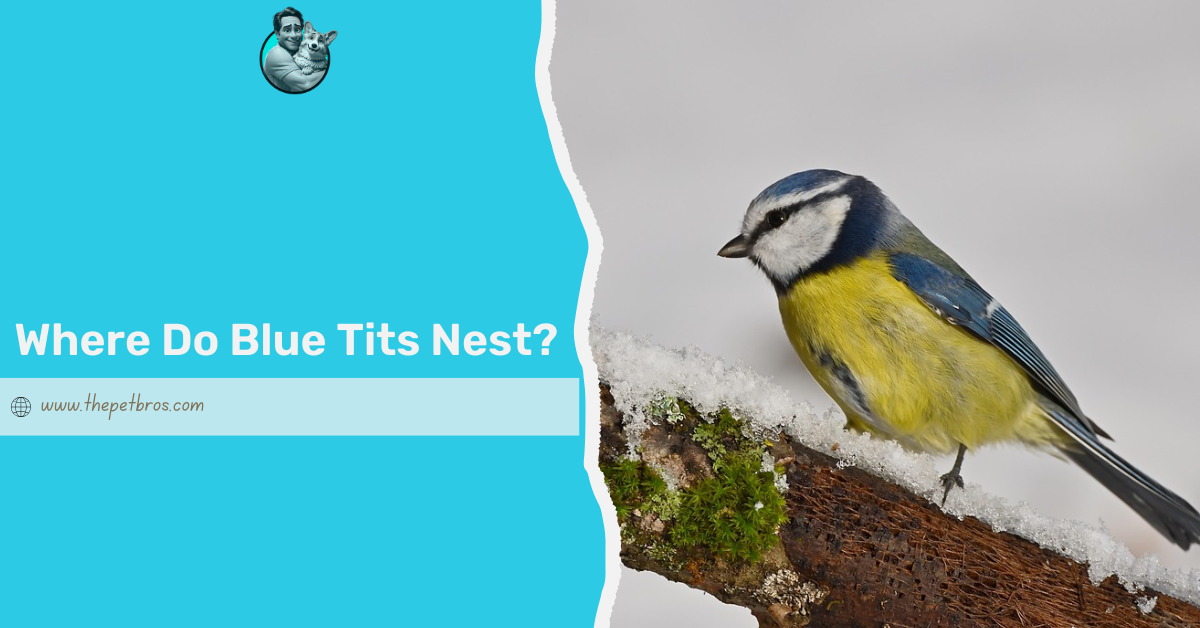
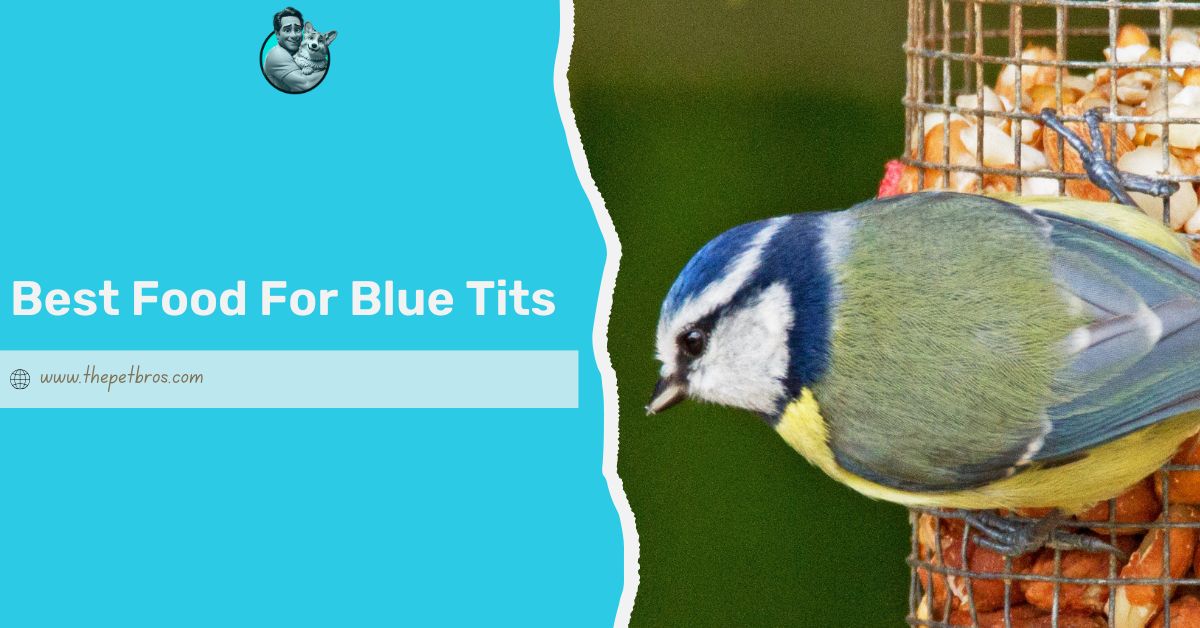
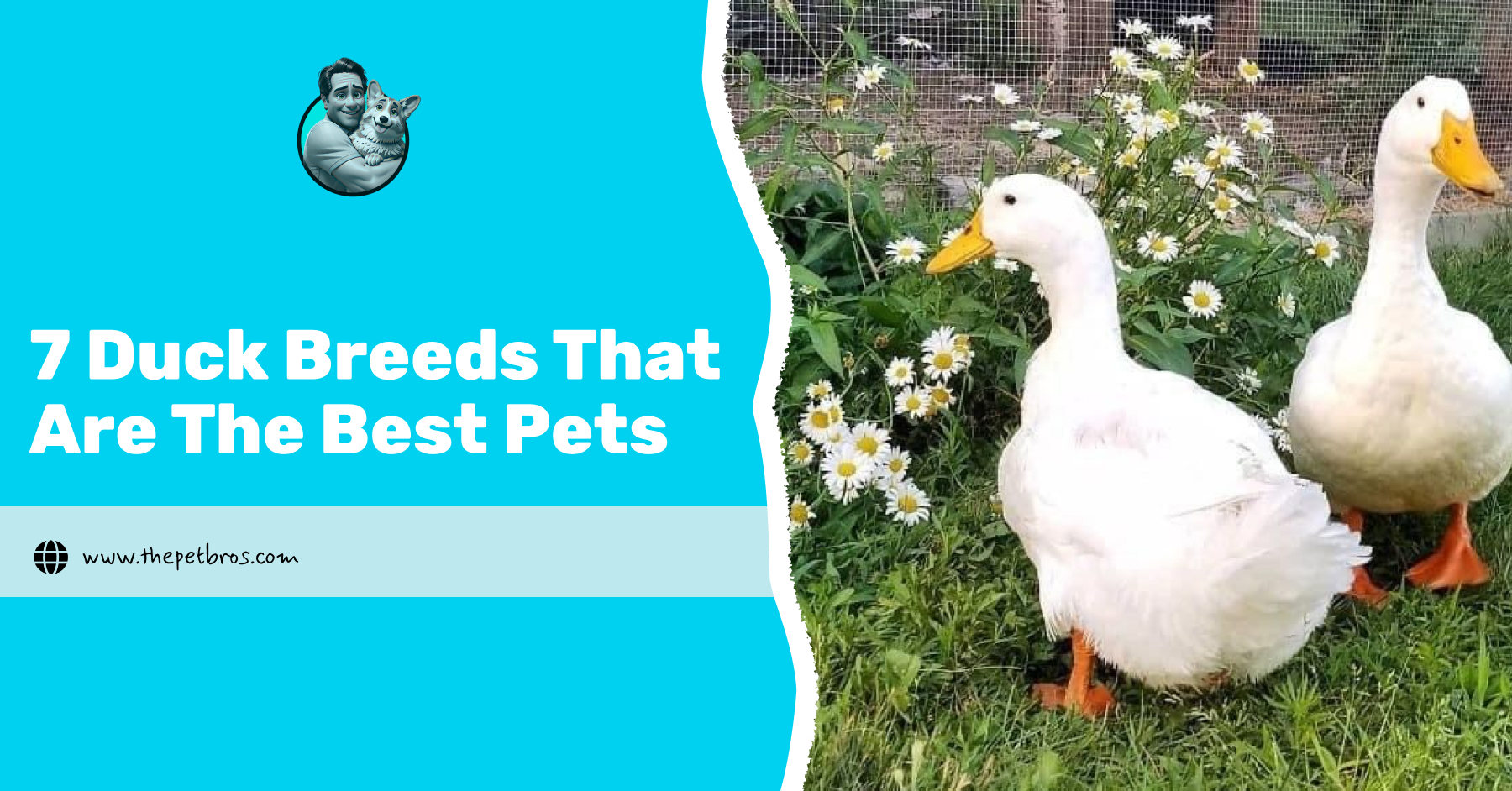
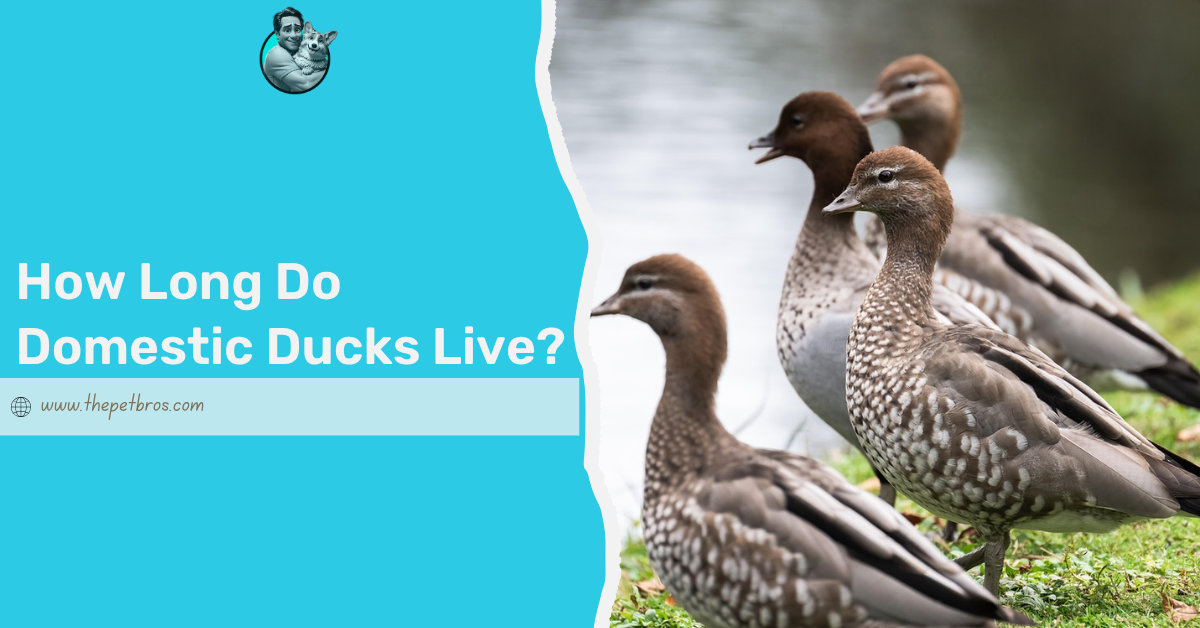


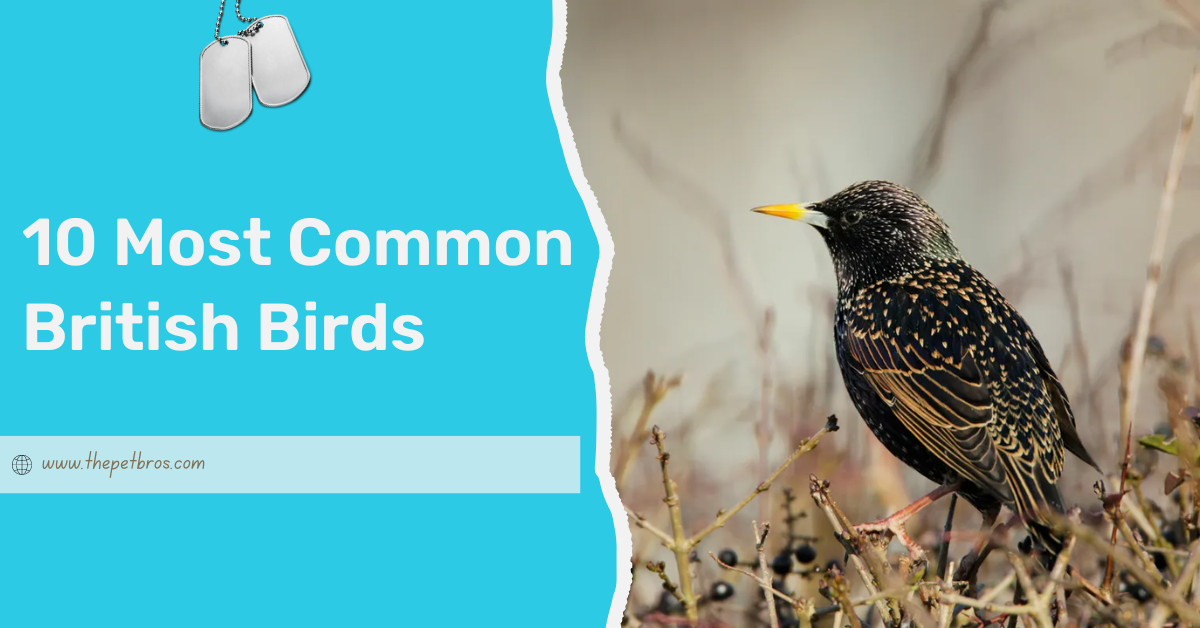

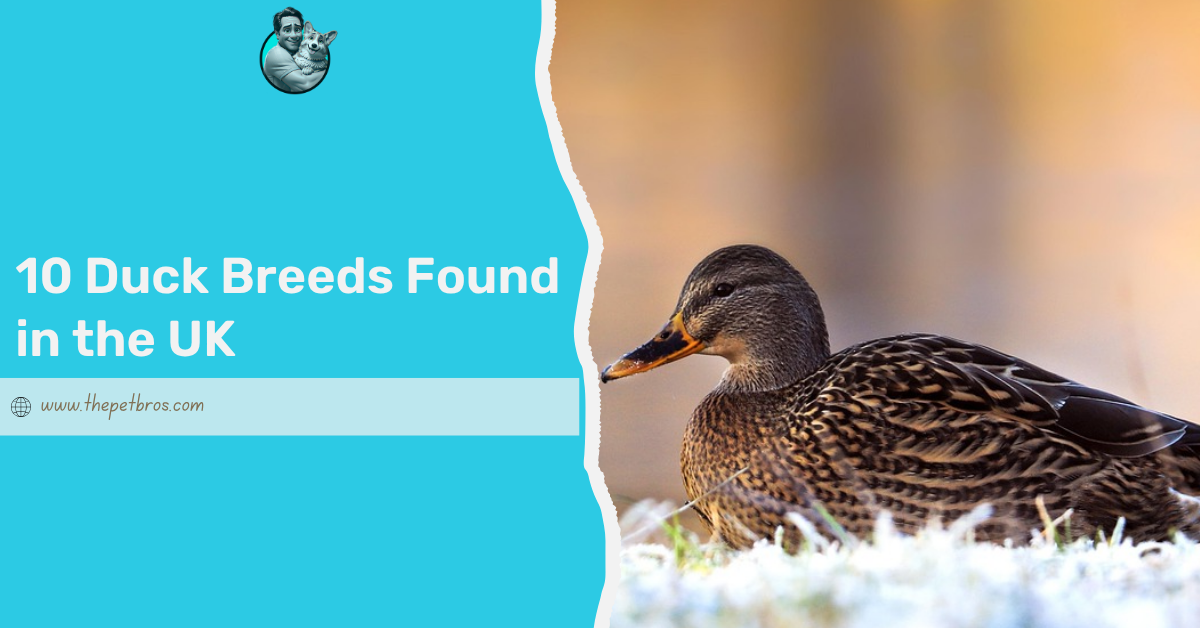
This article provides a fascinating insight into the nesting habits of blue tits. I had no idea they were so resourceful, using everything from tree cavities to street lamps! The way the female meticulously crafts the nest is truly impressive—it’s like she’s an avian interior designer. I wonder if their adaptability to urban environments is a recent development or if they’ve always been this versatile. Do you think providing nest boxes in cities could help their population thrive even more? Also, I’m curious—what’s the most unusual place you’ve ever seen a blue tit nest? I’d love to hear your thoughts or any personal experiences with these clever little birds!